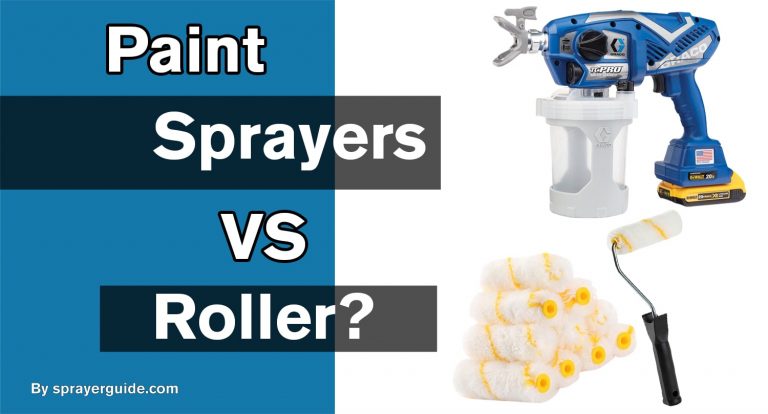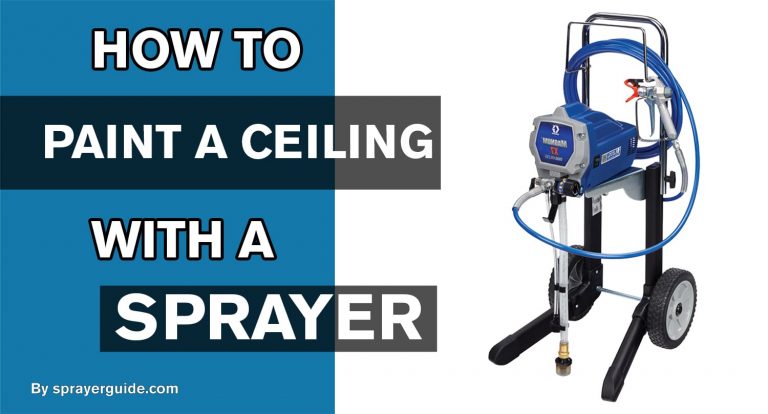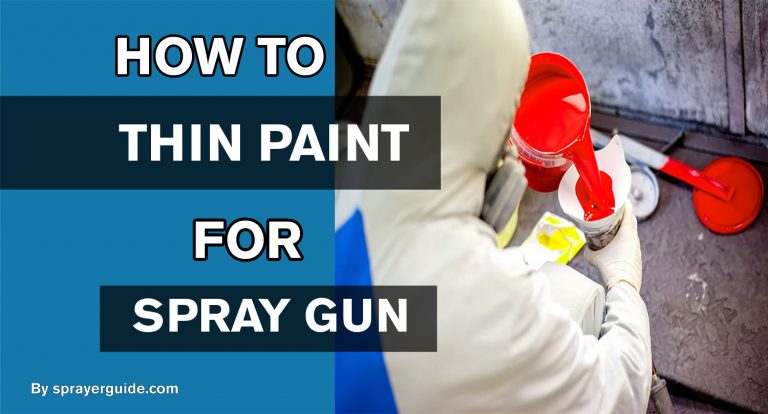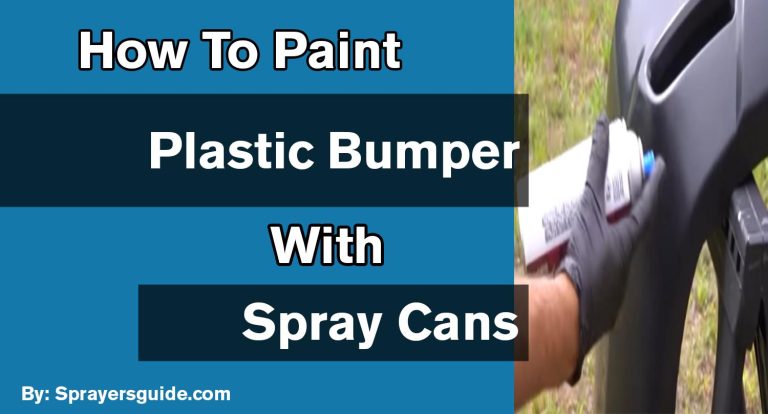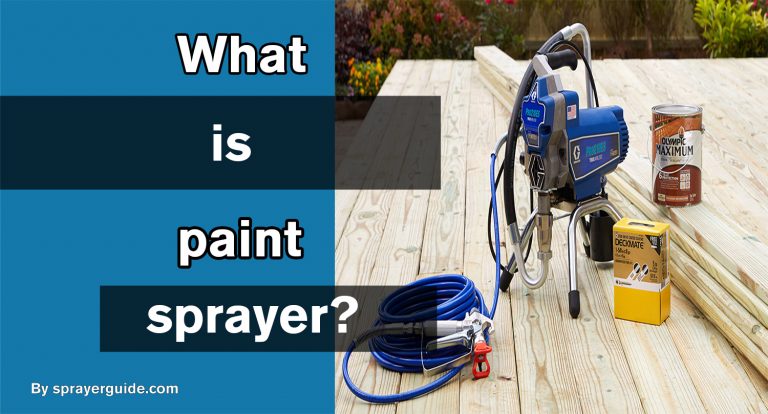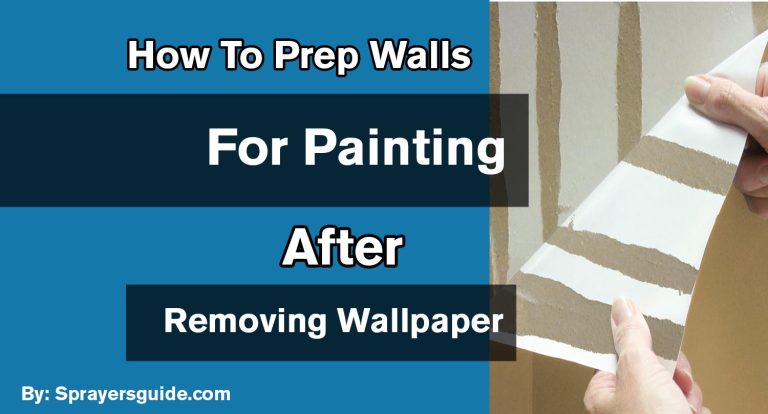Are you having trouble with a clogged paint sprayer? Painting projects can be frustrating for various reasons, but a clogged paint sprayer is one of the most common. Not only is it frustrating to waste time because you can’t finish a task, but using methods that don’t work or could be dangerous can make you feel even worse. No need to worry —we’ve got some great cleaning tips for that pesky paint sprayer! Following our simple instructions will help you start your project, whether you’re using this tool for the first time or have previously encountered nozzle obstructions.
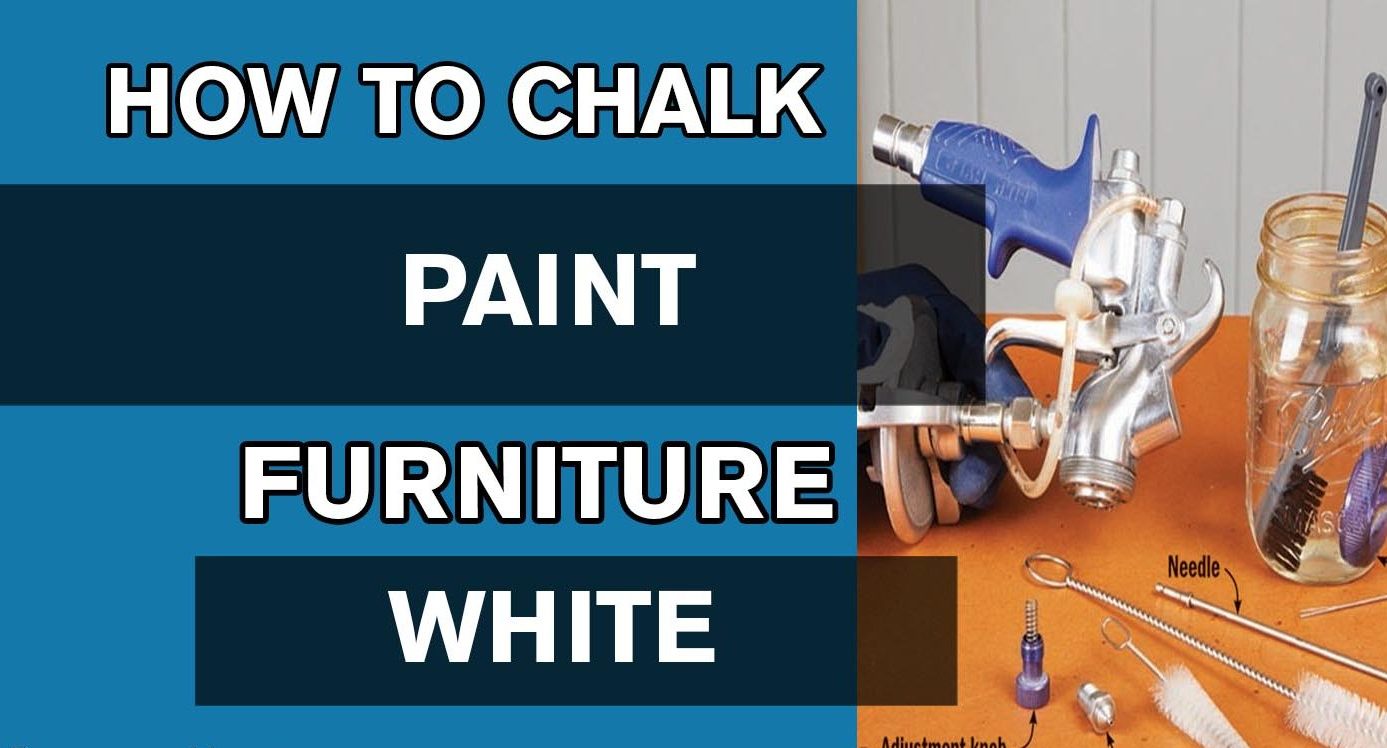
How Do I Keep My Sprayer From Becoming Clogged?
There are a few steps you should take to reduce the likelihood of your paint sprayer becoming clogged:
- Clean your sprayer regularly and thoroughly. Use mineral spirits or paint thinner to clean it out after each use, and take it apart every few times to clean it more thoroughly.
- Make sure you are using the right kind of paint material. Some paints and coatings have thicker viscosities that can clog the filters on your sprayer if it isn’t designed to handle them properly.
- Change your air filter often to keep dust and debris from entering your sprayer and causing a blockage in the nozzle or hose.
- Be aware of any objects between you and the surface you spray, such as trees or branches blocking the paint flow or clogging the nozzle.
- Inspect the nozzle and hose periodically for any signs of clogging or blockage, and replace them as needed.
- Use suitable paint strainers to prevent particles from entering your sprayer’s system and clogging it up.
- Make sure you use a fresh batch of paint every time you use your sprayer so that it doesn’t become contaminated with old materials or rust particles that could cause clogs in its internal components.
- Finally, consider investing in an anti-clog spray filter to prevent clogged nozzles on paint sprayers if all else fails. These devices can be installed onto existing systems to protect against clogs.
Follow these tips to keep your sprayer running smoothly and avoid frustrating clogs and blockages. With proper maintenance and care, your sprayer should be able to handle even the most challenging painting jobs!
How To Clean a Clogged Paint Sprayer?
Cleaning a clogged paint sprayer can seem intimidating, but with the right tools and techniques, it doesn’t have to be. Before you begin the cleaning process, make sure that you have all of the necessary tools handy:
Things required:
- Screwdriver
- Can of Compressed Air or Air Compressor with Nozzle Accessory
- Mineral Spirits or other Appropriate Solvent
Step 1: Drain and Disassemble the Paint Sprayer:
Carefully turn off the paint sprayer, drain all paint from the system, and separate the parts into individual components for cleaning.
Step 2: Blowing Out Obstructions:
Use a can of compressed air or an air compressor with a nozzle to clear the system of any clogs. This step requires patience and should be done slowly to ensure no clogs are left behind.
Step 3: Cleaning Parts with Mineral Spirits or Other Solvent:
Once the blockages are gone, clean the inside of the paint sprayer with mineral spirits or another suitable solvent. Remove all residue from each component and let it dry thoroughly before reassembling.
Step 4: Reassembly:
Carefully put the components back together correctly, ensuring everything is accounted for and secure.
Step 5: Test It Out:
After reassembling your paint sprayer, fill it with a small amount of paint and test it on a scrap piece of wood or cardboard. This will help you ensure no clogs are left over before you begin the painting tasks.
Following these steps should help ensure your paint sprayer runs smoothly and efficiently. With proper maintenance, your paint sprayer should be able to provide long-term service for all of your painting needs.
Frequently Asked Questions:
If your paint sprayer becomes clogged, you can do a few things to try and unclog it. First, check the nozzle of your paint sprayer for any dried paint or debris buildup. Try using a toothpick or small wire to clear blockages without damaging the nozzle. If that doesn’t work, try soaking the nozzle in warm, soapy water overnight and then scrubbing it with an old toothbrush. Use a special brush for cleaning paint sprayers to remove clogs that are harder to remove. Finally, if none of these methods have worked, you may need to replace the nozzle.
Cleaning your paint sprayer after each use is essential, and a deep cleaning every few months is also recommended. This will keep your paint sprayer running smoothly and prevent blockages and other issues. To do so, disassemble the paint sprayer and thoroughly clean each component as the manufacturer directs. A specialized cleaning brush can help remove dried paint from hard-to-reach areas. When reassembling the sprayer, ensure all pieces are securely fastened to prevent leakage.
Using the proper cleaning solution when cleaning your paint sprayer is critical. Most types of paint can be cleaned with warm soapy water or a mild detergent. Avoid using soap instead of specialized solvent cleaners like mineral spirits if you use oil-based paints or stains. Ensure that the cleaner you choose is safe to use on the material of your paint sprayer.
After using your paint sprayer, clean and dry it well before putting it away. Keeping the nozzle and other sprayer parts clean makes it less likely that they will get clogged. Keep your paint sprayer in a dry place where water or dirt can’t get in through the hose or nozzle. Keep all liquids that can catch fire away from your paint sprayer when it is not in use. If you take care of your paint sprayer now, it will work better in the future.
Conclusion:
Finally, clogged paint sprayers require regular maintenance and cleaning to ensure the job is done correctly. Before and after each use, thoroughly clean the sprayer and check for clogs in the spray gun’s nozzle or hose. If a clog does occur, it is simple to resolve if the steps outlined above are followed. If you clean your paint sprayer regularly, it will work better and last longer. You can use your paint sprayer for many years if you take care of it and maintain it properly.
Read More:
- How Long Does Primer Spray Paint Take To Dry
- How To Thin Water-Based Paint For Roller
- How Long Does Spray Paint Take To Dry Metal
- Is It Better To Spray Or Roll the Interior Paint
- Does A Paint Sprayer Use More Paint Than A Roller
- How To Thin Water-Based Paint For Spraying
- How To Clean Wagner 350 Paint Sprayer
- How To Paint A Textured Ceiling With A Roller
- Which Is Better Air Or Airless Paint Sprayer
- How To Use Hvlp Spray Gun
- How Long Does Spray Paint Take To Dry On Cardboard
- Graco Magnum Prox17 VS X5

